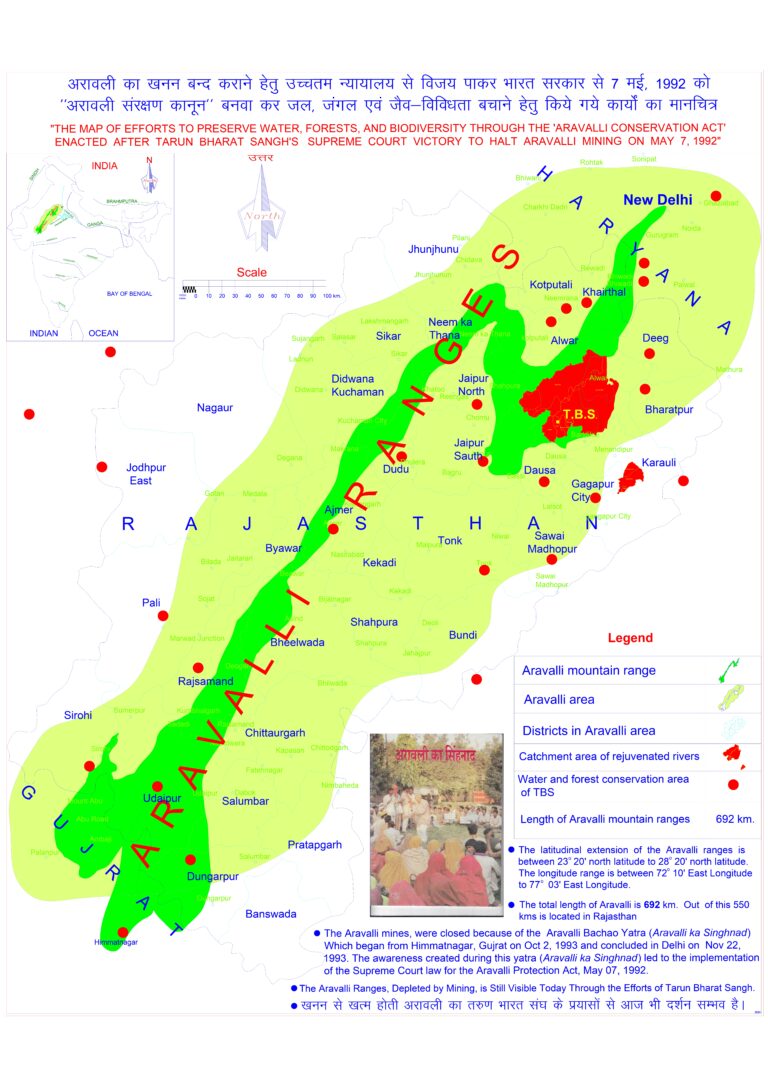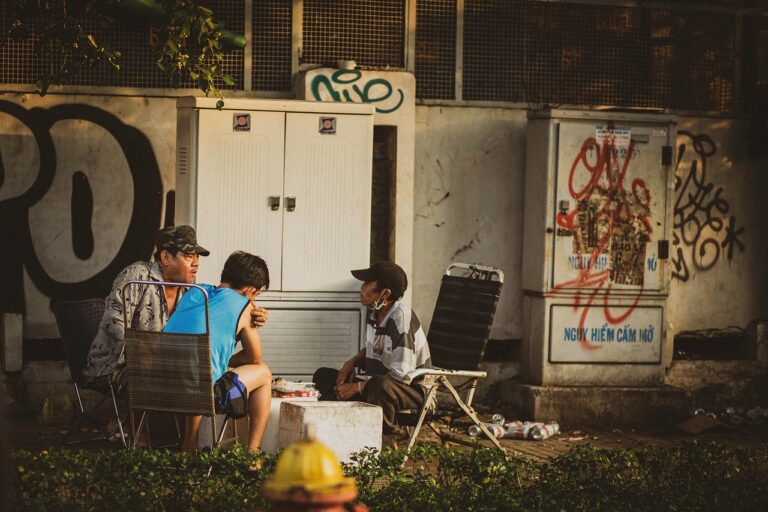
Mogadishu/New York: The climate shocks are worsening the situation in Somalia, which is bracing for a third consecutive below-average rainy season. As a result, the November cereal harvest in the northwest of Somalia is projected to be 63 per cent below the average levels in the past decade.
The vast majority of the Somali population depends on agriculture for their livelihoods. These farming and herding communities rely heavily on rain-fed production systems, with the timing, duration and quantity of rainfall playing a critical role in rangeland rejuvenation and crop production.
The livelihoods of farmers and pastoralists in Somalia have already been stretched to the limit due to extended and often extreme droughts, episodes of flooding, as well as conflict and insecurity.
More than 250,000 people are facing severe water shortages, half of them in Jubaland State. There is also a reduction in pasture for livestock, affecting vulnerable people’s food security and nutrition.

“Without humanitarian assistance, nearly 3.5 million people across Somalia will face crisis or worse levels of food insecurity by the end of the year. Some 1.2 million children under the age of five are also likely to be acutely malnourished — of these, more than 213,000 are projected to be severely malnourished,” Farhan Haq, Deputy Spokesman for the United Nations Secretary-General, said in New York.

Water, food, and health assistance are the most urgent humanitarian needs, according to the UN partners on the ground. Humanitarian organizations are trucking water, providing cash vouchers and delivering nutrition supplies to people in need. They are, however, significantly constrained by the lowest funding levels in five years.
Haq informed that Somalia’s 2021 Humanitarian Response Plan was only 50 per cent funded thus far.
– global bihari bureau





